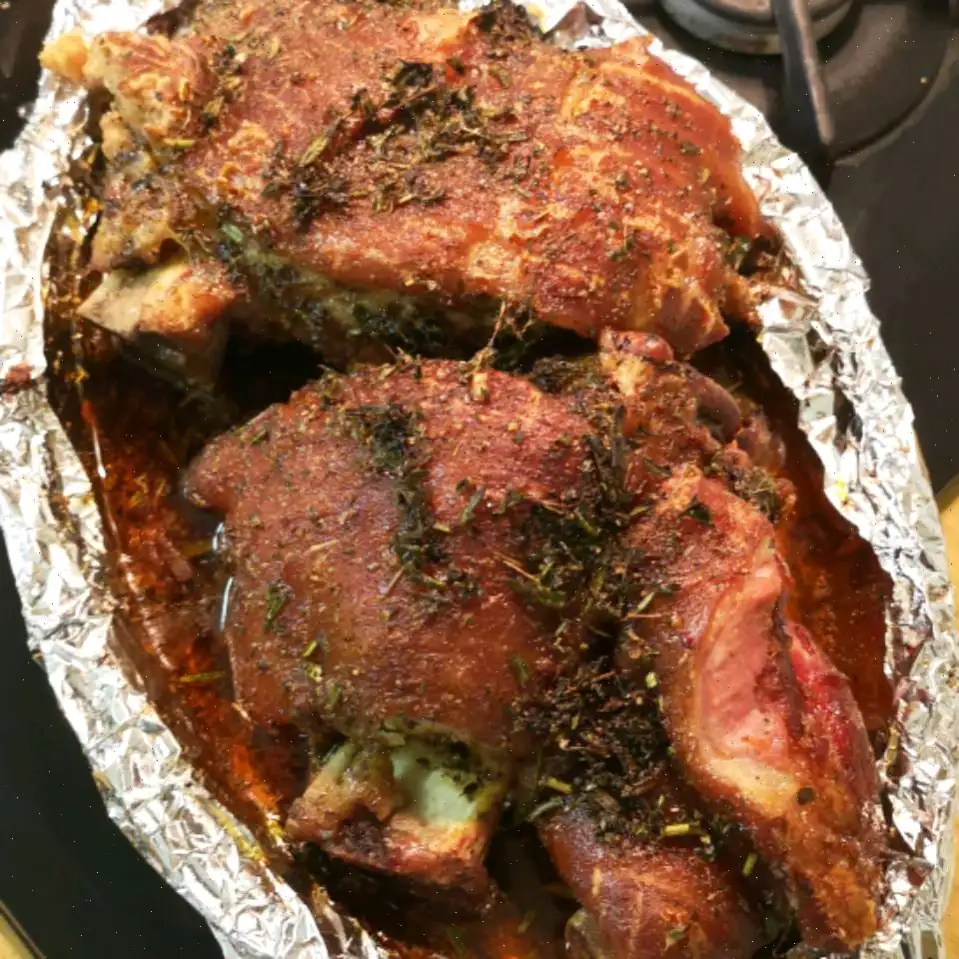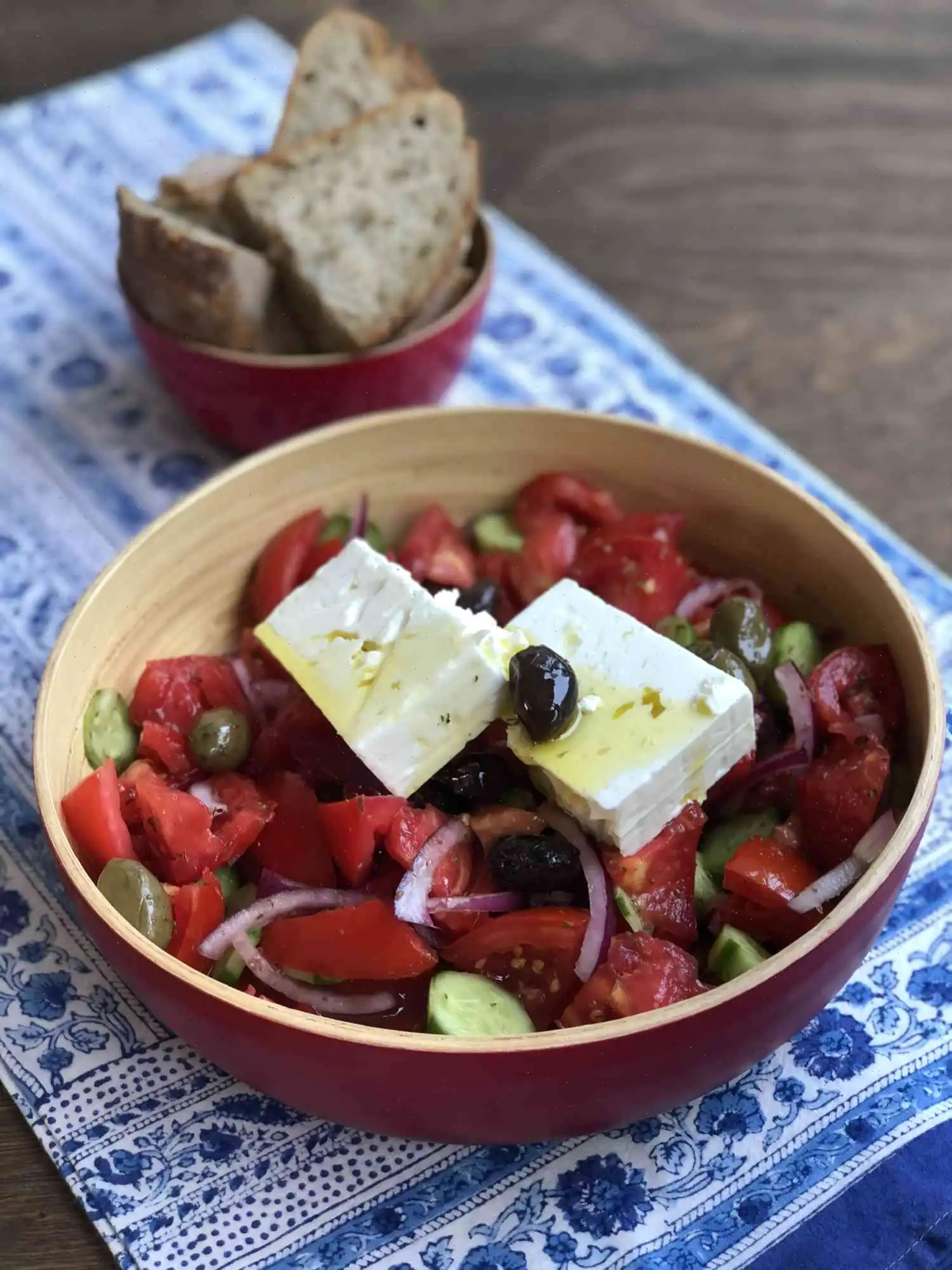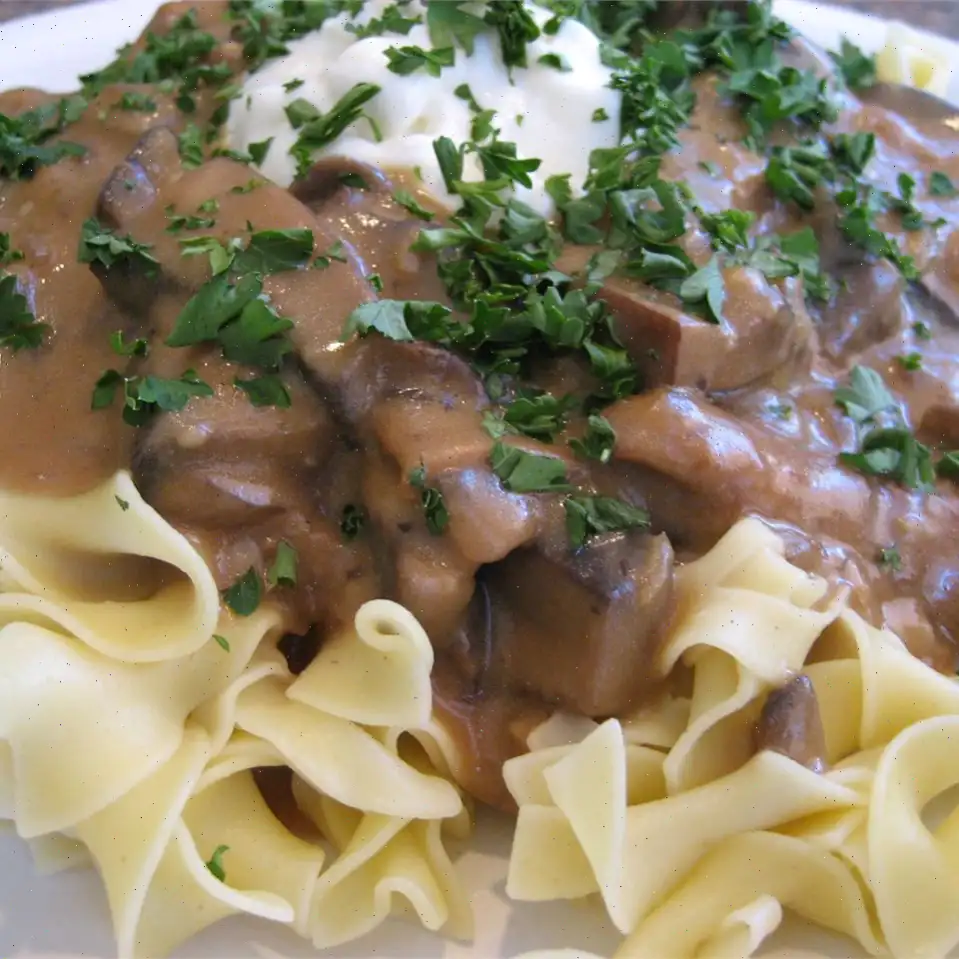
Halibut en Papillote Recipe
Ingredients
This recipe was developed at its original yield. Ingredient amounts are automatically adjusted, but cooking times and steps remain unchanged. Note that not all recipes scale perfectly.
- 4 tablespoons butter, at room temperature
- 2 cloves garlic, minced
- 1 Meyer lemon, very thinly sliced, or more as needed
- 4 fingerling potatoes, thinly sliced
- 8 asparagus spears
- 2 tablespoons fire roasted bell peppers
- 2 (6 ounce) halibut filets
- Salt and freshly ground black pepper to taste
Directions
- Preheat the oven to 425F (220C).
- Tear off 2 pieces of parchment paper, each at least 18 inches long.
- In a small bowl, mash together the garlic and butter using the back of a spoon until well combined.
- Place 4 slices of lemon on each piece of parchment paper.
- Layer the thinly sliced potatoes on top of the lemon slices, followed by 4 asparagus spears per packet.
- Scatter the fire roasted bell peppers over the vegetables, then add 1 tablespoon of butter on top of the veggies in each packet.
- Place one halibut filet on top of the vegetables in each packet and add 1 tablespoon of butter on top of the fish.
- Layer the remaining lemon slices over the halibut, then season everything with salt and pepper.
- To seal the packets, fold the opposite sides of parchment together directly above the fish. Roll down tightly until the parchment touches the contents, then crimp the edges.
- Roll and crimp the remaining sides of the parchment to create a completely sealed packet. Tuck the ends underneath to secure it.
- Place the packets on a baking tray and bake in the preheated oven for about 25 minutes, or until the fish flakes easily with a fork.
- Remove the packets from the oven and let them rest for 2 to 3 minutes before carefully opening them.
Nutrition Facts (per serving)
- Calories: 490
- Total Fat: 26g (34% DV)
- Saturated Fat: 15g (76% DV)
- Cholesterol: 163mg (54% DV)
- Sodium: 482mg (21% DV)
- Total Carbohydrate: 22g (8% DV)
- Dietary Fiber: 3g (11% DV)
- Total Sugars: 2g
- Protein: 42g (84% DV)
- Vitamin C: 33mg (37% DV)
- Calcium: 48mg (4% DV)
- Iron: 1mg (7% DV)
- Potassium: 1394mg (30% DV)
* Percent Daily Values are based on a 2,000 calorie diet. Your daily values may be higher or lower depending on your calorie needs.
** Nutrient information is not available for all ingredients. Amount is based on available nutrient data.
History and Origins of Halibut en Papillote
Halibut en Papillote is a refined variation of the traditional French technique "en papillote," which literally means "in parchment." This cooking method dates back to 19th-century France, where chefs sought ways to steam delicate fish and vegetables within a sealed parchment or foil packet. By trapping moisture, the method preserves the natural flavors and tenderness of ingredients without adding excess fat. Halibut, prized for its firm yet flaky texture, became a natural choice for this method, particularly in coastal regions where fresh seafood was abundant.
Regional Characteristics
While "en papillote" is French in origin, the dish has been widely adapted in American cuisine. In the United States, chefs often incorporate local produce such as fingerling potatoes, asparagus, and fire-roasted bell peppers, creating a subtle regional twist. Meyer lemons, commonly used in this recipe, add a uniquely sweet-citrus note typical of California kitchens. This regional adaptation balances the French elegance of the technique with the freshness and bold flavors of American coastal ingredients.
Differences from Similar Dishes
Halibut en Papillote stands apart from other baked fish dishes because the cooking occurs entirely within a sealed parchment packet. Unlike fish baked uncovered, where evaporation can dry the flesh, en papillote traps steam and essential oils, producing a tender, flavorful result. Unlike poached fish, which cooks in liquid, this method lightly steams the fish along with vegetables, preserving texture and flavor without dilution. The presentation is also distinctive; serving the fish directly in its parchment envelope creates a sense of anticipation and theatrical flair.
Typical Serving Context
This dish is commonly served in fine dining restaurants, often as an elegant dinner entre. Its presentation makes it ideal for special occasions, romantic dinners, or chefs tasting menus. In home kitchens, it is popular for weekend dinners or entertaining guests because it combines a sophisticated technique with straightforward preparation. Halibut en Papillote pairs well with light white wines, such as Sauvignon Blanc or Chardonnay, which complement its delicate flavors without overpowering the fish.
Interesting Facts
- The parchment packet can be flavored with herbs, spices, or citrus slices, creating a self-contained aroma that is released upon opening.
- Papillote cooking is not limited to fish; it can also be used for chicken, shellfish, or even vegetables, making it a versatile culinary technique.
- Opening the packet at the table adds an element of theatricality, often delighting diners with the steam and fragrance escaping the sealed envelope.
- Cooking en papillote is considered one of the healthiest methods, as it requires minimal added fats and retains most nutrients of the fish and vegetables.
- The method emphasizes visual presentation, as the layered vegetables and fish can be arranged artistically before sealing the packet.
You can listen to this recipe in AI audio format. Simply click the play button below to listen to the content in a format that suits you best. It’s a great way to absorb information on the go!







